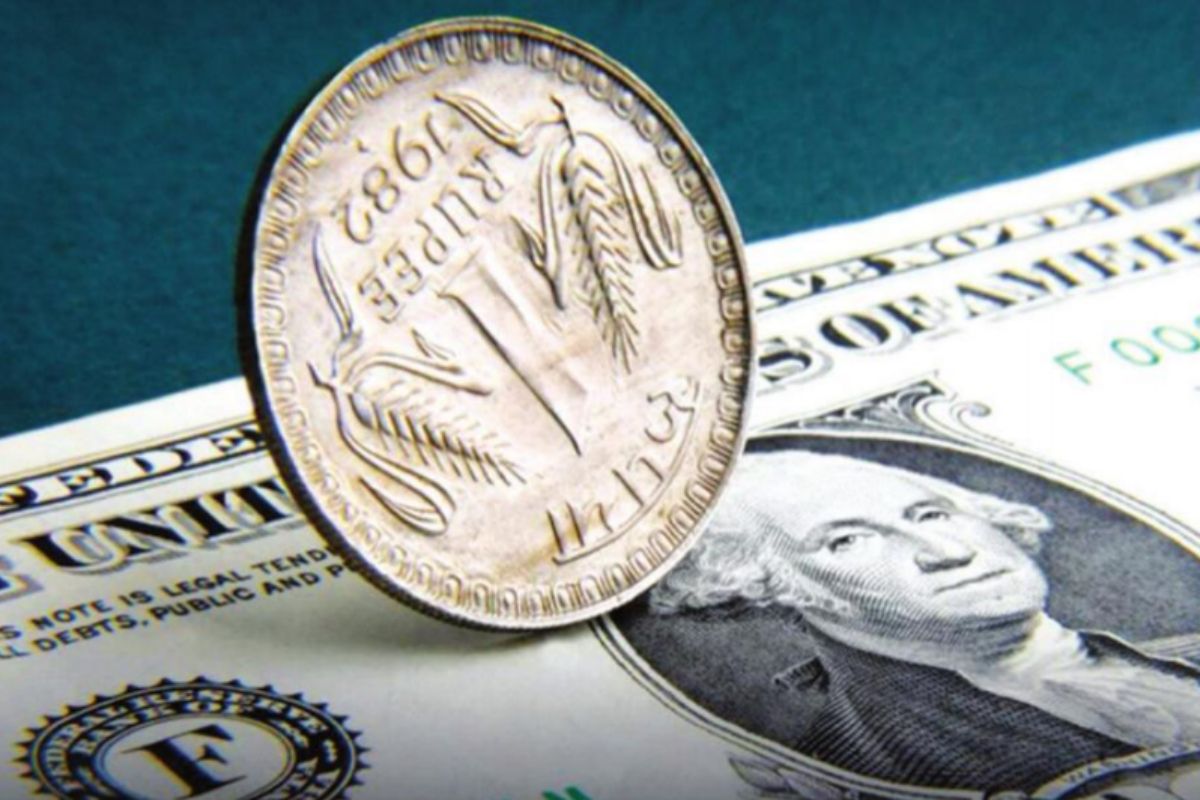Champions Trophy: Revisiting some blockbuster Ind vs Pak matches ahead of Dubai spectacle
India and Pakistan are set to clash in another mega battle when they meet in the ICC Champions Trophy encounter at Dubai International Stadium on Sunday.
Tightening is required on both fronts. How many dollars are moving out/in on trade/current account must be monitored on a daily basis.

Rupee depreciates to new lifetime low; stocks decline for sixth day
From eight to 80 rupees to a dollar, in 40 years! It’s a free fall for the rupee. How did it happen? In 1964, Prime Minister Jawaharlal Nehru’s government left the dollar/rupee exchange rate fairly stable at Rs 4.76 to the dollar. On 6 June 1966, PM Indira Gandhi’s government devalued the rupee to 7.50 per dollar amid a financial crisis, in the aftermath of the wars with China/Pakistan, and a major drought in 1965-66. The trigger point, though, was the PL-480 agreement with the USA by which India received discounted food during the early 1960s. The government yielded to bash the rupee. The Opposition then alleged that devaluation was a sell-out to America and the World Bank. When Mrs Gandhi left office in March 1977, the rupee had depreciated to 8.74 per dollar. In 1979, PM Morarji Desai’s government bolstered the rupee to Rs 8.13 per dollar. In 1980, PM Charan Singh’s goernment strengthened the rupee further to Rs 7.86 per dollar.
On 9 November 1981, PM Indira Gandhi’s government, after returning to power in 1980, borrowed a hefty 5 billion SDR, equal to $6.25 billion, from the IMF. India’s GDP was then barely $190 billion. IMF imposed stringent conditions and sealed the rupee’s fate. Till today India continues to pay a hefty price for the dollar. The path has been unidirectional and irreversible. In 1984, the dollar had climbed to Rs.11.36 when PM Indira Gandhi left in tragic circumstances. In 1989, PM Rajiv Gandhi’s government boosted the dollar to Rs.16.23. In 1990, PM V.P. Singh’s government took the dollar to Rs.17.50. In June 1991, PM Chandrashekhar’s government, within a short span of six months, depreciated the rupee to Rs.22.74 per dollar. In 1996, PM Narasimha Rao’s government left the rupee bruised at Rs.35.46 per dollar. PM Gowda’s government took the dollar to Rs.36.31 in 1997, and PM Gujral’s government left the dollar at Rs 41.26 in 1998.
Advertisement
PM Vajpayee’s government took the dollar to Rs.45.32 in 2004. Then PM Manmohan Singh left the dollar battered at Rs.62.33 in May 2014. And now in 2022, PM Modi’s government has depressed the rupee to a record low of Rs.80 per dollar. These numbers present a grim picture. A perpetually depreciating currency dampens India’s investment climate. Every foreign investor looks for safety, ability to repatriate and return on capital. This principle is universally accepted, be it in the currency, equity, or debt markets. India’s track record on safety and ease of repatriation has been exemplary. She has never defaulted on international commitments, nor ever found it necessary to impose restriction on foreign outward remittances. But what about return on investment? India has lost out on this parameter and has missed the bus.
Advertisement
Optimal foreign investment is perpetually eluding India. Just one example tells the tale. Ten dollars invested in 1981 (dollar/rupee 8) would be reduced to 1 dollar today (dollar/rupee 80). So, 90 per cent of the investor’s capital would be wiped out while repatriating the funds abroad. Return earned on truncated capital in 40 years may not even recoup the losses. Which serious long-term investor will choose India? Only non-serious short term investors pump money and exit quickly after making a buck. India has been attracting only hot money. In a perpetually depreciating rupee scenario, even exporters tend to defer repatriation of export proceeds. If they can make an extra buck just by waiting, and doing nothing, would the exporters not be induced to make this windfall? The propensity to under-invoice and park funds abroad also intensifies. A depreciating rupee makes imports expensive.
Forward premia of dollar swells, and it costs more to hedge against foreign currency. Inflation sets in. The economy suffers. How to halt this rupee bashing? The RBI should exercise its powers under Section 40 of the RBI Act, 1934 and enter the forex market on a daily basis with a two-way quotation. The central government may issue general or special order in terms of the said provision. The dollar-rupee market would immediately fall within the band set by the RBI. This used to happen four decades ago. No harm going back till the rupee gains substantially. Since authorised dealers have to square their forex positions at the end of each day, there will not be any depletion of forex reserves in this method. The abrupt depletion of forex reserves and abrupt adverse current and trade account imbalance happens only due to lack of coordination between the Commerce Ministry and the RBI in administering trade control and exchange control regulations respectively.
Both these regulations must be administered in an interconnected manner. It must also be recognised that domestic laws override international laws. These two arms must act in tandem with each other. Tightening is required on both fronts. How many dollars are moving out/in on trade/current account must be monitored on a daily basis. Similarly, what goods/services are being imported/exported should be monitored on a daily basis. Flow of goods/services and flow of forex will always be exactly in equal and opposite direction. This would be a path breaking step. The trade and current accounts must be made surplus. Forex reserves will increase as a natural corollary. Then, India would be in a position to dictate terms internationally. So, reverse this policy of depreciating the rupee, tighten exchange control and trade control regulations, and enmesh the administration of the two. India is bound to emerge as a world power within a few years.
Advertisement